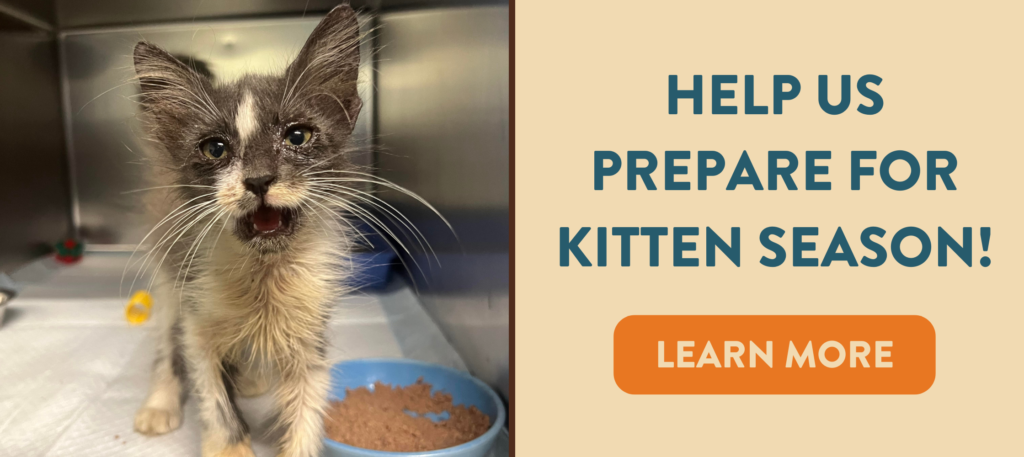Parents must be willing to teach the cat and the child acceptable limits of behavior in order to make their interactions pleasant and safe.
Selecting A Cat
What age is best? If you have a young child and are thinking of adopting a kitten (less than 1 year old) there are a few things you need to consider.
Time and energy
Kittens require a lot of time, patience and supervision. If you have a young child who already requires a lot of care and time, you should ask yourself if you will you have enough time to care for a kitten as well.Rough play
Kittens have sharp teeth and claws with which they may inadvertently injure a small child. All interactions between your child and kitten will need to be closely supervised to minimize the chances of either being injured.
Advantages of getting an adult cat
Adult cats require less time and attention once they’ve adjusted to your family and household routine. You can better gauge how hardy and tolerant an adult cat will be of a child’s enthusiasm and can work with your local animal shelter to adopt a cat that has previously lived with children.
As a general rule, if your child is under six years old, it’s best to adopt a cat that’s over two years old.
Although kittens can be a lot of fun and it’s exciting and rewarding to help them grow into wonderful companions, they do require significantly more time to supervise than an adult cat.
Who Will Care For The Cat?
It’s unrealistic to expect a child, regardless of age, to have the sole responsibility of caring for a cat. Cats need basic things, like food, water, shelter and litterbox maintenance, but they also need to be played with and given opportunities to exercise on a consistent basis. If you’re adopting a cat “for the kids,” you must be prepared and willing to be the cat’s primary caretaker.
Starting Off Right
Below are some guidelines to help you start off on the right foot. Remember, small children should never be left alone with a cat, kitten or any other pet, without adult supervision.
Holding
Kittens often squirm and wiggle and can easily fall out of a young child’s arms and become injured. If held too tightly or restrained, the kitten may respond by scratching or biting. It is safest if your child is sitting down whenever he wants to hold the cat or kitten. Keep in mind the cat should always be allowed to leave when it feels like it.
Petting and giving affection
Children often want to hug cats or grasp them too firmly. Your cat may view this as a threatening gesture, rather than an affectionate one, and may react with scratching or biting. You should teach your child to let the cat approach on his own terms and pet lightly.
Giving treats
When children offer a treat from fingers the cat may accidentally bite fingers instead of only taking the treat. Have your child place the treat in an open palm, rather than holding it in his fingers.
Supervising play
Cats interpret quick and jerky hand movements as an invitation to play. Teach your child to offer the cat or kitten a toy on a string to maximize the distance between the child’s hands and the toy.
Be patient
Your new cat may take some time to feel comfortable with your child’s actions and sounds and will approach when he feels ready. Your cat must also learn which behaviors on his part are appropriate and which are not. Punishing your cat for inappropriate behavior will not help. If he learns that being around children always results in “bad things” happening to him, he may become defensive in their presence. If your cat is growling, hissing or biting at your child for any reason, the situation needs IMMEDIATE attention. Punishing your cat is likely to make matters worse. For complex situations, contact an animal behavior specialist who has experience working with cats.


